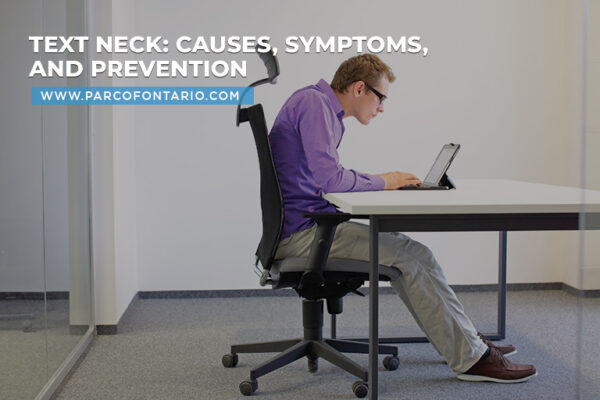
Text Neck: Causes, Symptoms, and Prevention
Many of us spend long hours hunching over our electronic mobile devices and laptops. As we spend more time texting, browsing social media, and reading on our devices, this constant downward gaze…
Read More
Having a stroke damages connections between your brain and the rest of your body, which can cause long-term damage. People who have suffered strokes tend to experience difficulty with movement and speech afterward. However, the damage isn’t necessarily permanent. With the right care, you can get back some of your mobility, especially if you take steps immediately after having a stroke.
This is where physiotherapy comes in. Physiotherapy (e.g. undergoing massage therapy, especially in the first days after the stroke) can be an excellent tool for helping you get back on your feet and regain your ability to move. In the long-term, rehabilitation aims to help you recover your independence and empower you after the stroke. The good thing about physiotherapy is that it can start early, sometimes as soon as a few days after a stroke. Early rehabilitation is crucial to helping you regain control of the areas affected by the stroke.
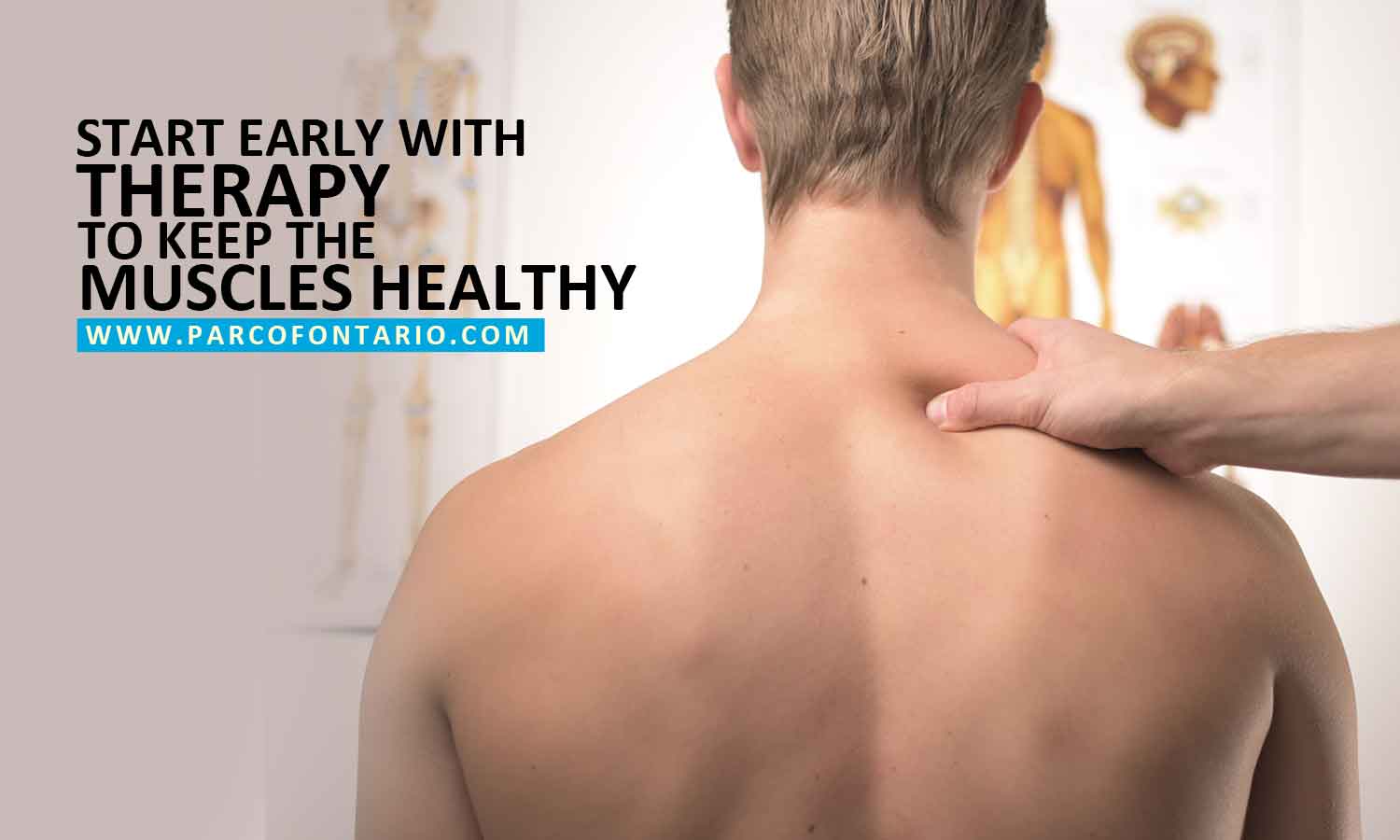
Strokes generally cause paralysis in half of the body, which usually comes with losing function in the arm and leg on the affected side. The primary goal of early therapy is to keep the muscles in that part of the body honed and stimulated to keep them healthy. Proper care in those early days is vital to avoiding muscle tightness and joint stiffness, giving you an easier time regaining mobility later. As time goes on (and if you regain control of those areas), therapy continues to helping you relearn everyday skills and retrain your brain to use your body.
Your therapy will depend on your particular case. When you undergo physical therapy, the therapist typically develops a custom plan for your specific needs. Your therapist will generally give you an exam on your first day to let them get familiar with your condition and symptoms. Using this information, they can develop a plan just for you to restore movement and prevent complications.
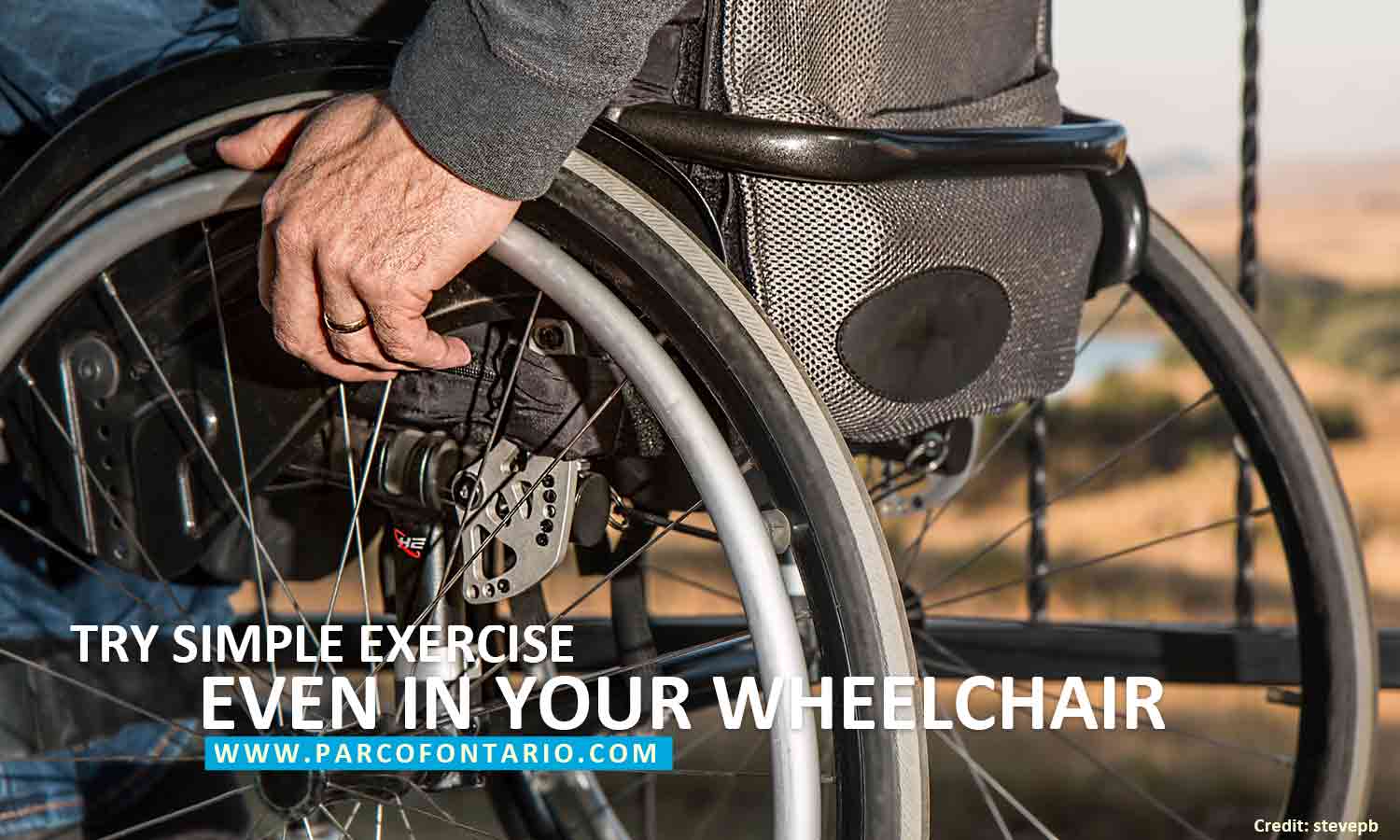
Active therapy usually begins with simple tasks and movement (e.g. moving from your bed to a chair), while protecting your impaired limbs from injury. As you regain mobility, you can move on to more complicated tasks aimed at helping you recover your balance. For example, you also learn how to stand, walk with and without and support, and eventually climb stairs. You’re also taught how to relearn basic coordination by grasping objects. This is usually a gradual process. Take your time with each task to ensure you get each action right. Mastering each step helps you regain your sense of balance and stay coordinated when you’re back to everyday life.
Exercise is a powerful, effective way of getting your body used to moving like you used to. Focus on exercising for tasks you find difficult. For example, if you’re having difficulty keeping your balance while standing, practice standing to regain your sense of balance. Pay attention to what you’re having difficulty doing, and focus on exercises to help overcome them. Work with your therapist to help find movements you can practice to get your strength back.
The main physical obstacle for many stroke victims is a weakness in the limbs. This problem can be overcome with strengthening exercises. The road to recovery might be a hard one, but persevere and keep at it. Success starts with a positive attitude; tell yourself you can do it, and you’ll be surprised how far you can go.
Therapy is one way to get your health back, but it’s a good idea to expand your horizons. There are some things you can do on your own to help regain your mobility. Try these tips to help practice between therapy sessions. You can make much more progress if you do some exercises on your own and bring the right attitude to the situation.
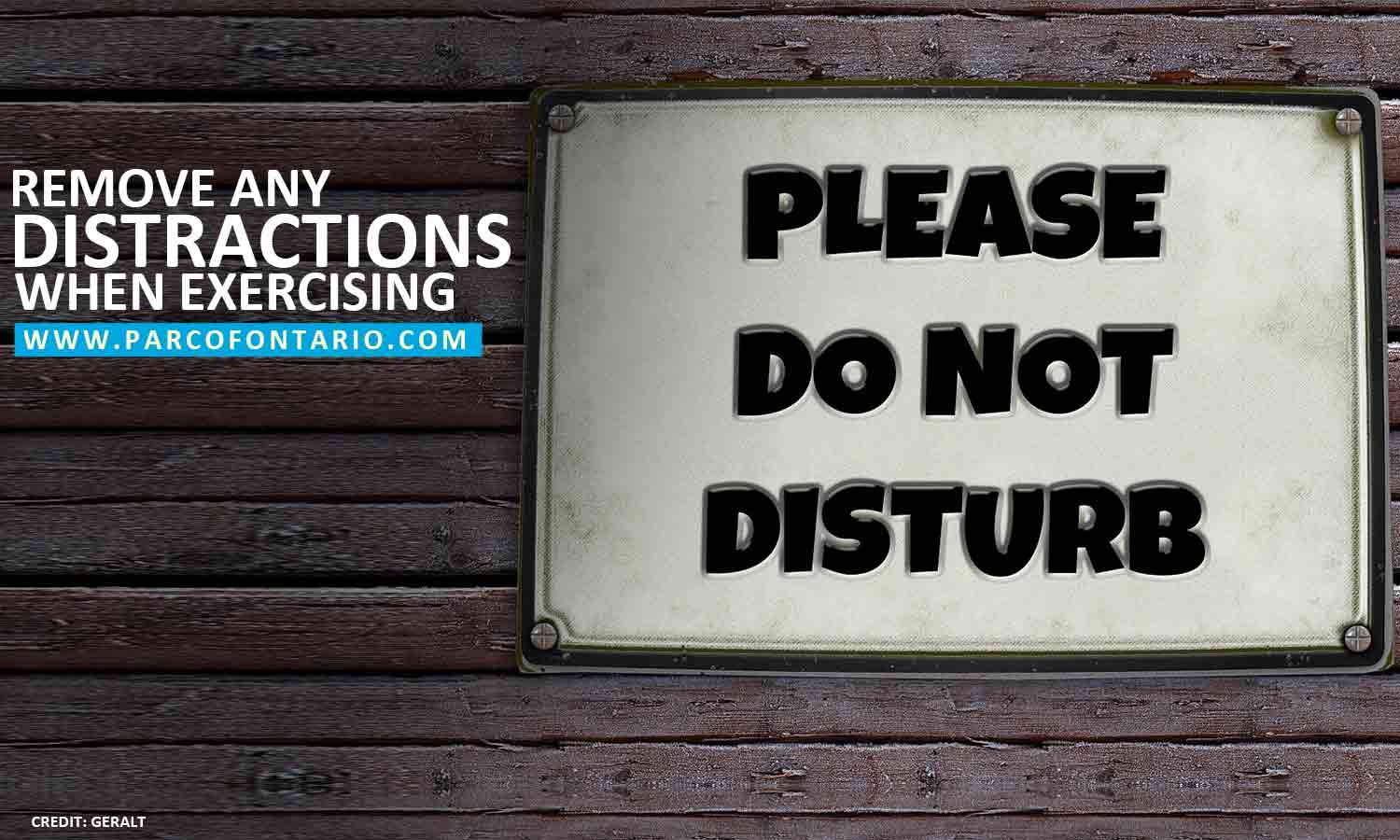
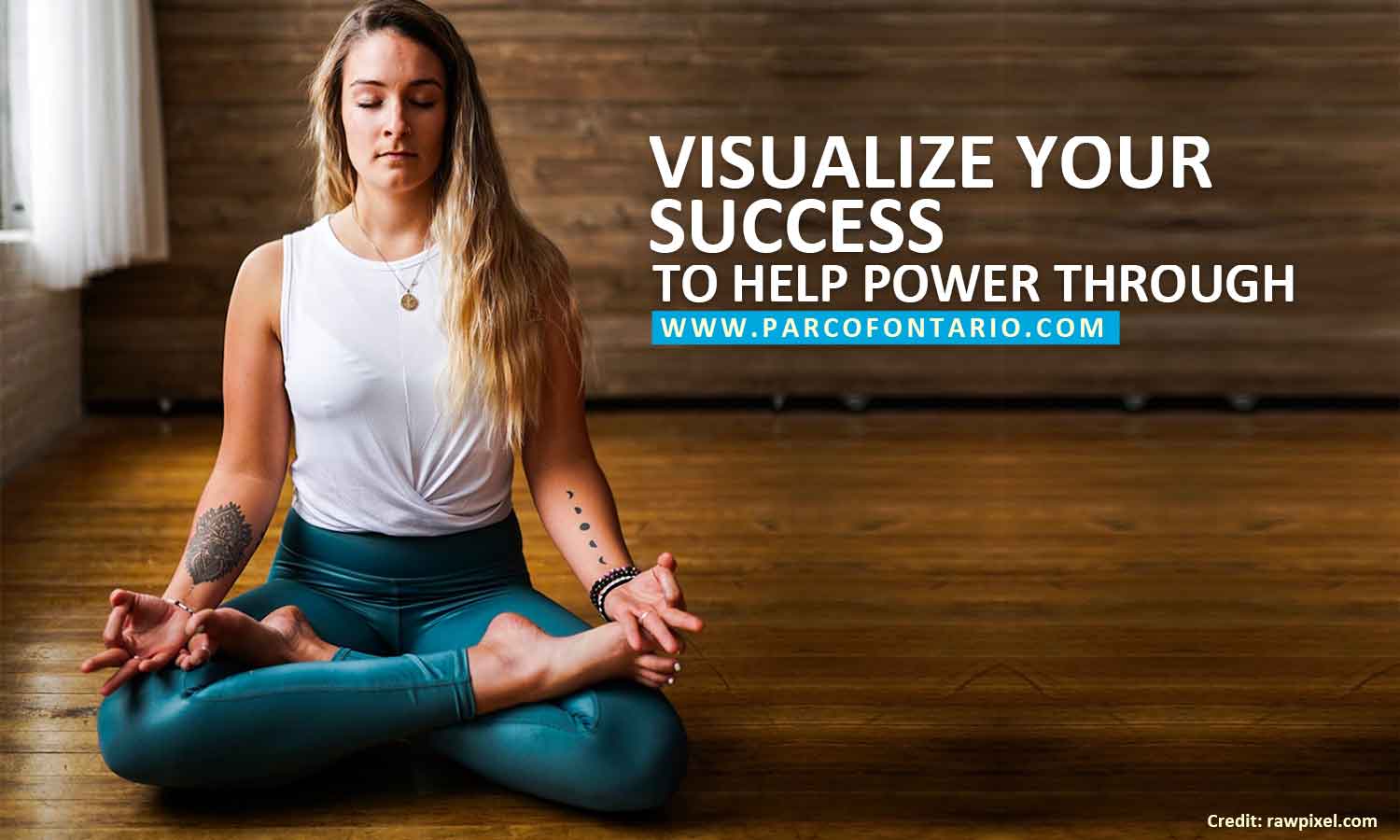
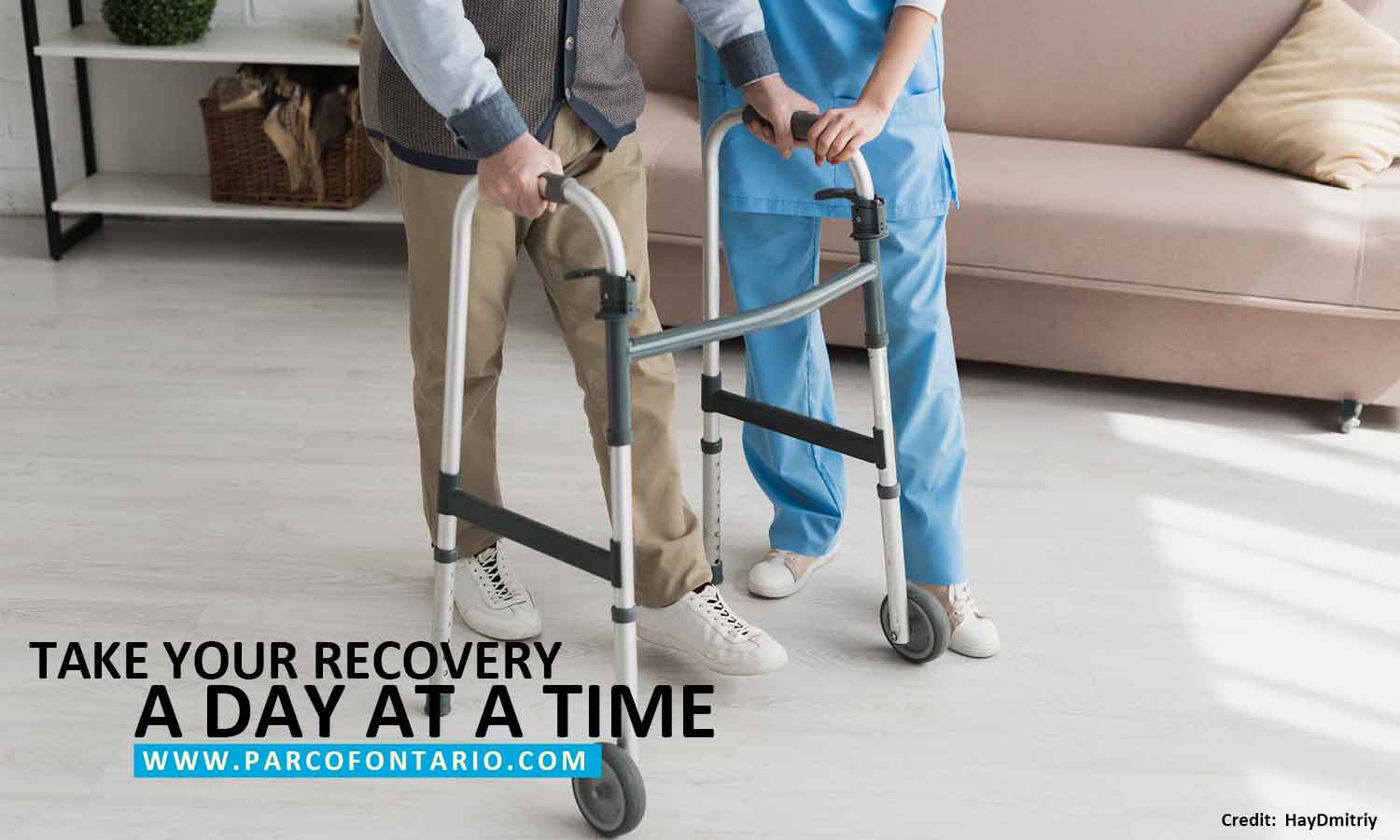
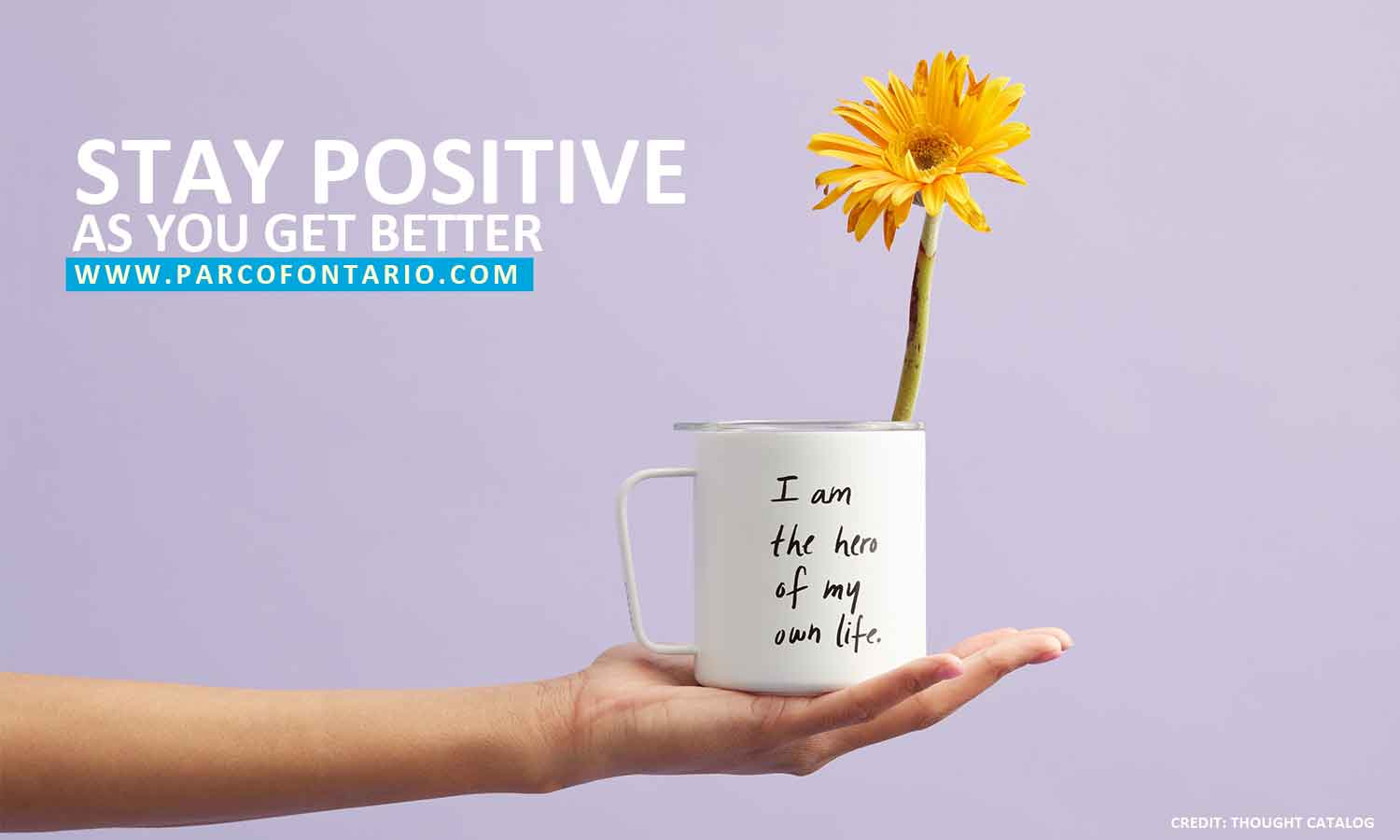
Once you get well enough to practice at home, you may notice your progress plateau. Stay strong and remember a plateau is a slowing down, not stopping. One way to counter a plateau is to try something different from time to time. Add some variety to your regimen (try some aerobic exercises, for example). It’s also a great stimulus for your brain to help regain your balance and coordination.
Try not to dwell on adverse outcomes (e.g. being told you won’t recover fully) and ignore them. You’re much better off believing in a full recovery for yourself than believing in someone else’s limited recovery.
At The Physiotherapy and Rehabilitation Centres of Ontario, we’re dedicated to providing quality physical therapy for patients throughout Ontario. We are ready and able to help at every stage of your rehabilitation. Our professionals provide caring, compassionate care, along with the latest techniques to make recovery an easier process for you.
Give us a call at (905) 897-2092 for reliable treatment to help on the road to recovery.